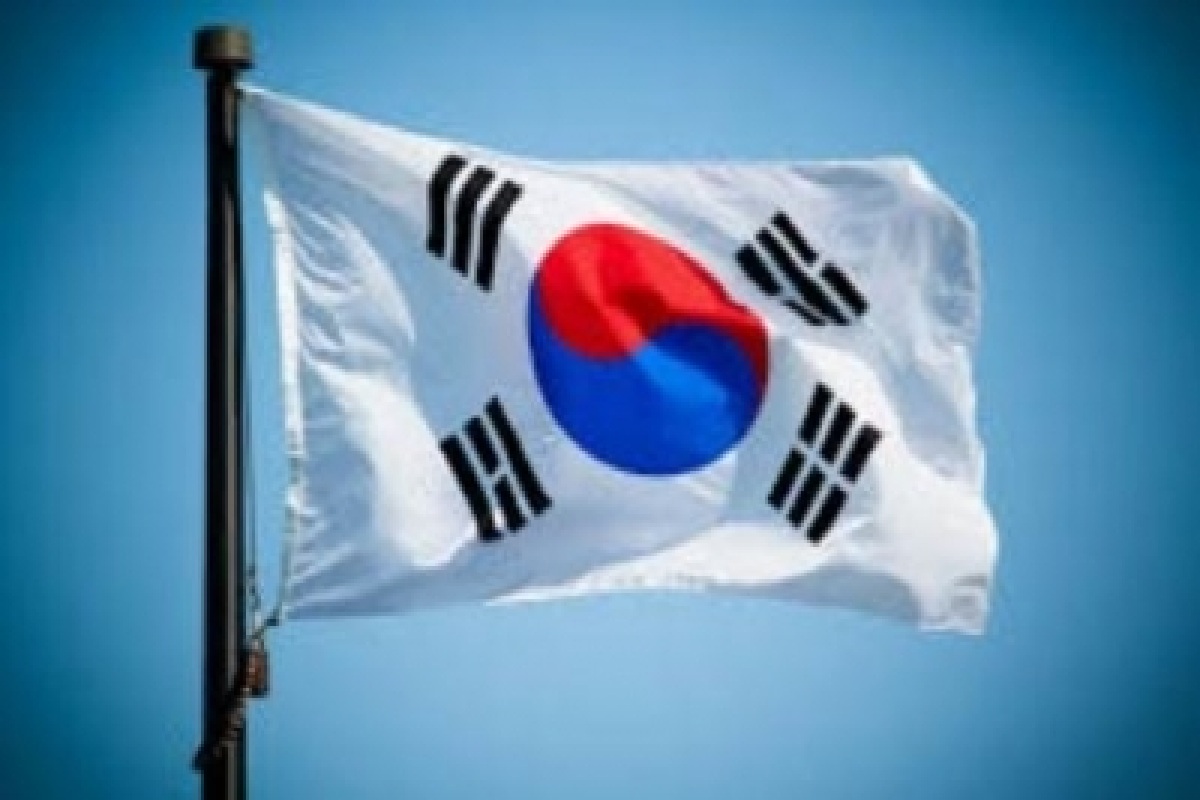South Korea’s court to hold final hearing of Yoon’s impeachment trial on Feb 25
South Korea's constitutional court will hold the 11th and final hearing of President Yoon Suk-yeol's impeachment trial on February 25.
South Korea’s pension system has long been fraught with structural problems, raising concerns about its sustainability.

Photo: IANS
South Korea’s pension system has long been fraught with structural problems, raising concerns about its sustainability. Unless future pensioners agree to pay more and settle for reduced returns, the state’s key welfare policy is feared to collapse ~ sooner rather than later.
The first age group to face the dreadful reality will be people born after 1990 ~ currently those in their 30s. Even if they faithfully pay the national pension premiums for years, they may not receive anything when they turn 65. Without drastic reform, the national pension’s reserve fund of around 900 trillion won ($713 billion) is forecast to be depleted by 2055.
Advertisement
Past administrations tinkered with the national pension system in a bid to delay the looming depletion of pension funds following a flurry of warnings from experts. Such modifications were unpopular but unavoidable.
Advertisement
It is regrettable that the Moon Jae- in administration turned a blind eye to the pension system in need of reform. President Moon made things worse by refusing to review a reform plan put forward by the Welfare Ministry in 2018. Moon also appointed a politician who lost in the parliamentary election as chairman and CEO of the National Pension Service, a glaring case of the spoils system that sparked heated public criticism about the important position that has long been reserved for experts.
Eventually, Moon succeeded in forcing the next administration to take up the task. On Tuesday, President-elect Yoon Suk-yeol’s transition committee announced 110 national tasks, one of which is, unsurprisingly, pension reform. On Friday, the transition team unveiled a plan to set up a committee to reform public pensions.
The current national pension is structured in a way that allows people to pay less than they receive. If the system is maintained as it is, the reserve of the NPS is forecast to post a deficit from 2042 before drying up around 2055.
Even the gloomy outlook is based on an optimistic projection about the country’s fertility rate set at 1.32-1.38. Currently, the number of expected babies per South Korean woman dropped to 0.81 in 2021, reflecting a rapid demographic shift in the country.
The country became an aged society in 2017 when the share of the population aged 65 and older topped 14 per cent. It is now set to become a superaged society in 2025, in which the proportion will exceed 20 per cent of the total population. In other words, the working-age population will shrink significantly and pensioners will out-number contributors ~ a stark reality that could undercut the already taxed foundation of the country’s pension system.
Burdens for the next administration are snowballing. Complicating the matter further is the state-run pension programs for retired government employees and service members, both of which continue to post deficits. Last year alone, deficits of the two pension funds were replenished with a huge amount of taxpayers’ money ~ 3.24 trillion won and 1.61 trillion won, respectively.
Since President Moon recklessly increased the number of public workers by some 130,000 during his term without mapping out how to pay for their wages and pensions, the next administration will have to find a way to spend far more taxpayers’ money and swallow extra fiscal debt.
Advertisement